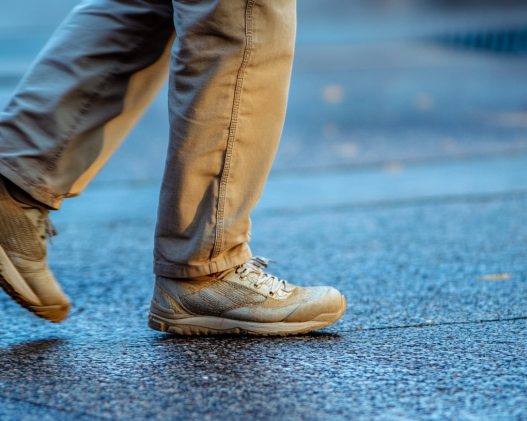The knee plays a vital role in our daily movements, and its importance is widely recognized. The knee joint consists of several structures, including bones, cartilage, ligaments, and muscles. However, there’s one small yet crucial component that often goes unnoticed: the meniscus.
The meniscus is often called the “number one protector” of the knee, and once it’s damaged, healing is difficult. Under normal circumstances, the meniscus can last a lifetime, but improper use and abuse can lead to premature wear and tear.
What is the Meniscus?
The meniscus sits between the femur and tibia, consisting of two crescent-shaped pads of fibrocartilage, known as the medial and lateral menisci. Although small, its role in knee function is vital:
- Shock Absorption: It helps to reduce pressure on the knee joint and absorbs the impact during physical activities, reducing stress on the bones and soft tissues.
- Joint Stability: The meniscus adapts to the shape of the femoral condyles, maintaining knee stability during flexion and extension.
- Lubrication: It helps spread synovial fluid over the cartilage, keeping the knee joint lubricated and nourished.
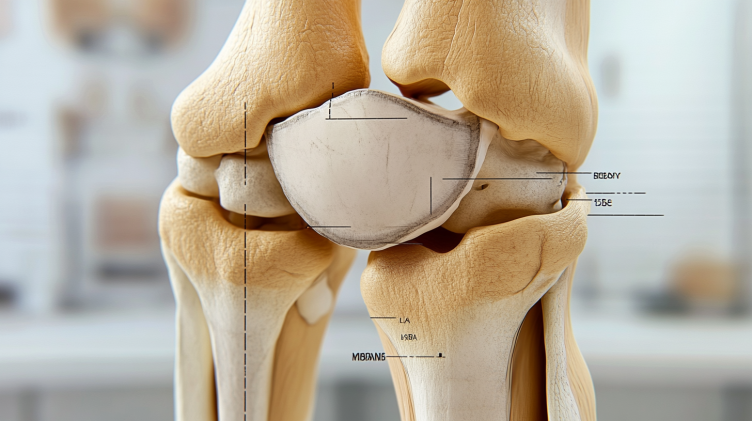
Why Is the Meniscus So Vulnerable?
While the meniscus can last a lifetime with proper care, it can be damaged through various activities and habits. Common causes of injury include:
- Twisting Injuries: Sudden twisting or impact to the knee, such as quick turns or pivots, can harm the meniscus.
- Sports Injuries: Falls, collisions, or improper movements during sports can lead to meniscus damage.
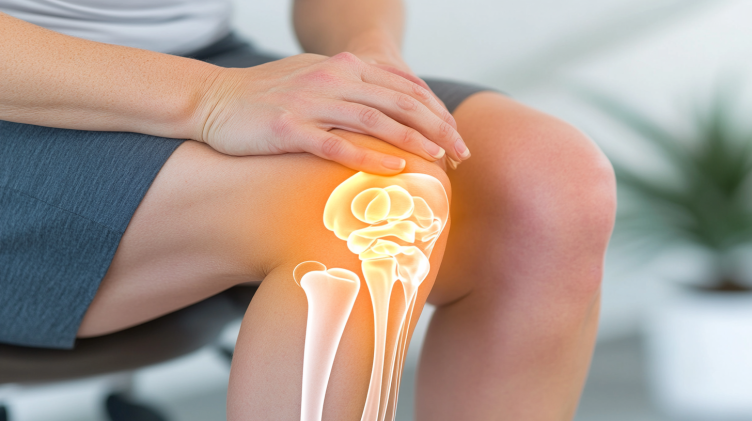
- Overuse: Engaging in high-intensity activities like running, jumping, or heavy labor can increase the pressure on the meniscus, leading to degeneration over time.
- Obesity: Being overweight increases stress on the knee joint, accelerating the wear and tear of the meniscus.
- Accidents: Traumatic events such as car accidents or workplace injuries can result in severe damage to the meniscus.
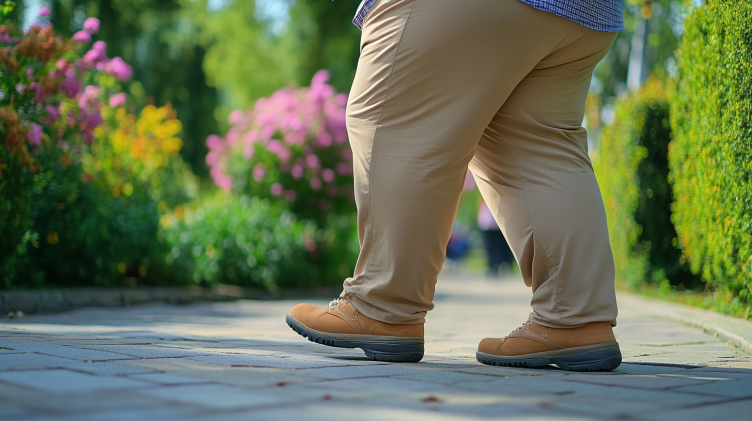
Damage to the meniscus may result in knee pain, swelling, difficulty bending or straightening the knee, and a clicking or locking sensation when squatting, standing, or turning. Symptoms can vary depending on the severity of the injury.

If you experience discomfort, pain, or unusual sensations in your knee, it’s important to seek medical attention for a proper diagnosis.
How to Protect Your Meniscus: Tips for Prevention
1.Exercise with Proper Technique
- Before exercise: Make sure to warm up thoroughly to activate the muscles and ligaments around your knee.
- During exercise: Avoid excessive twisting or rotational movements that could put stress on the knee joint. Wear protective gear if necessary to reduce the risk of injury.
- After exercise: Allow your knees time to rest and recover to reduce fatigue and the risk of injury.

2.Strengthen Surrounding Muscles
- Focus on strengthening the quadriceps and hamstrings, which help stabilize the knee joint.
3.Maintain a Healthy Weight
- Maintaining an appropriate weight reduces the strain on your knees, lowering the risk of meniscus damage.
4.Avoid Strenuous Movements
- Avoid frequent stair climbing, squatting for long periods, or sitting for extended periods of time. Limit heavy lifting to reduce the pressure on your knees.
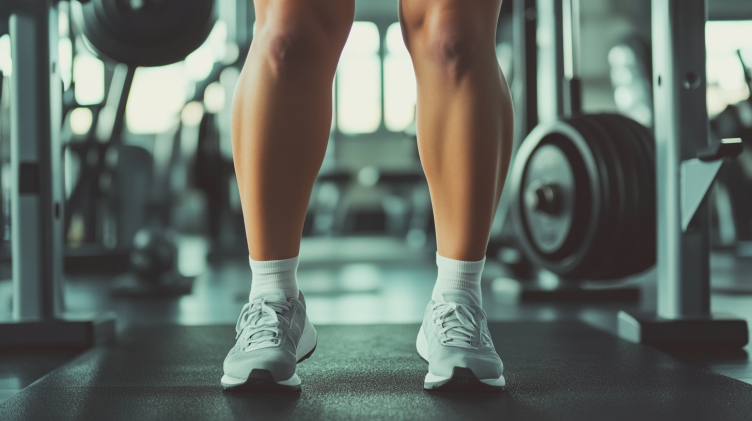
Protecting your meniscus is key to ensuring long-term knee health. Prioritize healthy habits, proper technique, and weight management to maintain the strength and flexibility of your knees.
Conclusion
The meniscus plays an essential role in keeping your knees healthy and functional. However, improper usage, overuse, or injury can lead to long-term damage that’s difficult to repair. By understanding its importance and adopting strategies to protect it, you can avoid pain, discomfort, and costly medical interventions down the road. Stay active, but always keep your knees in mind!


















